Get Familiar: J Colleran
Reflective conversations with a rising Irish artist.
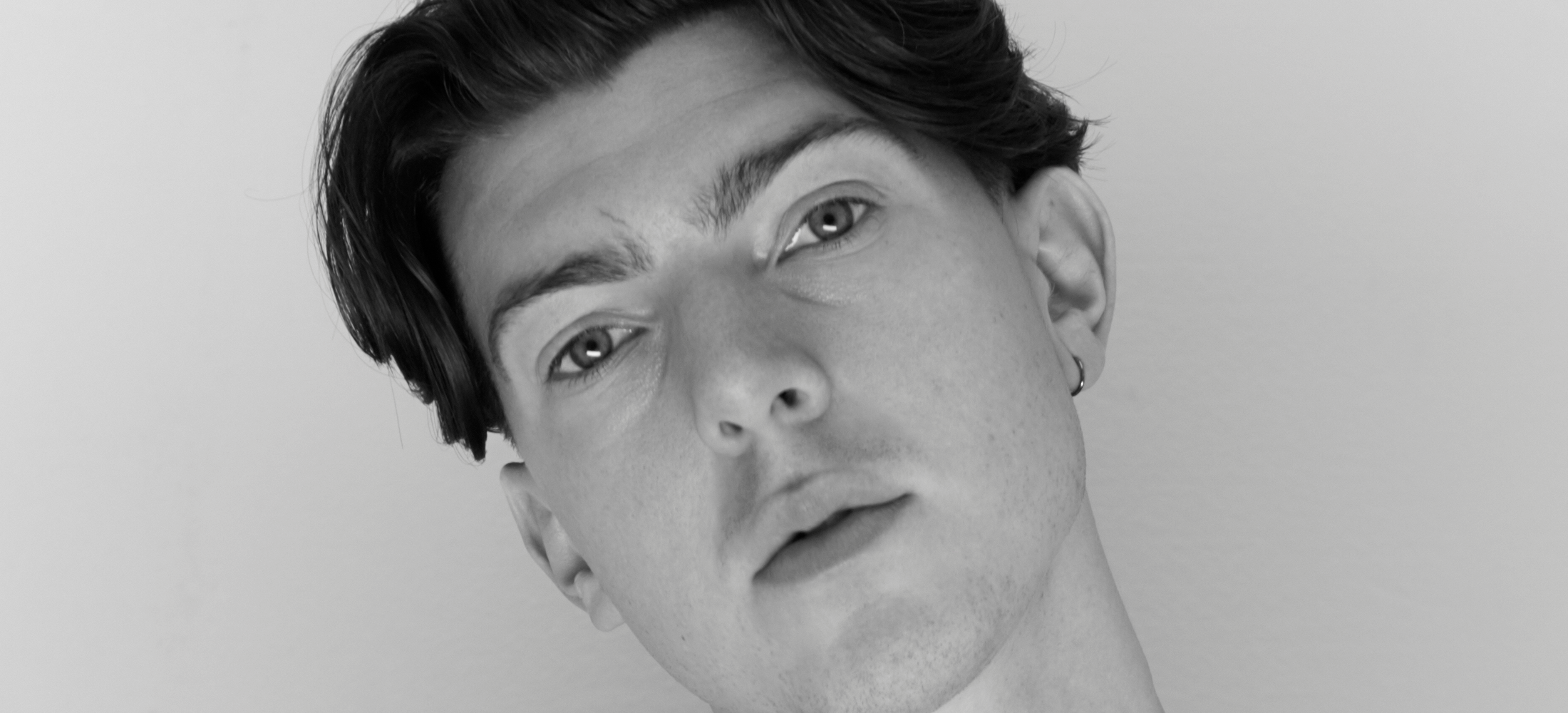
Get Familiar: J Colleran
Reflective conversations with a rising Irish artist.
J Colleran is the new project of Irish producer Jack Colleran, formerly known as MMOTHS. Colleran began experimenting with electronic music in 2011 and was quickly picked up by SQE Music who released his first two EPs before he appeared on Because Music with Luneworks, a debut LP. Captivating, thought-provoking, and, at times, downright beautiful, his early work evidenced a young producer with a knack for composing dream-pop soundscapes that combined simplicity with serenity. And the project ended soon thereafter, with nothing more to explore, Colleran says.
Earlier this year, Colleran returned as J Colleran, confirming this to be his new alias. “O+SOH,” the project’s debut release, was a sign of things to come—cinematic, introspective, and hypnotic, but more stripped-back and restrained than MMOTHS. More ambient than pop. It also saw Colleran arranging strings and piano for the first time, the result being a strong piece of work from a maturing artist. With more work on the way soon, we sat down with J Colleran to learn more about the new project, its connections to MMOTHS, and plans moving forward.
Let’s start with the most pressing point. Why have you shed the MMOTHS name—why now?
When you start something when you’re quite young it’s somewhat difficult to exist within that space years later. It felt like it was something that was necessary in order to continue moving forward.
So to what extent is MMOTHS connected with J Colleran? Do you perceive there to be any connection other than the person behind them?
Yeah, I think the only real connection is that it’s myself. I see them as two entirely different entities.
How do you envisage J Colleran will be different sonically speaking?
I think they’re pretty different in many ways, but with this new music, I was focused on stripping things back to what was only totally necessary for each individual piece of music and exploring that.
Given that you’re now producing under your birth name, do you perceive J Colleran to be a more personal representation of you as an artist?
I think things do change as time goes by but right now I do think so.
Did you feel that the MMOTHS project had been explored as much as you wished?
Yes, that’s exactly it.
How do you feel Gardenia compares to Luneworks, and your earlier material?
It’s difficult to say as they’re different projects entirely. Gardenia was something that felt limitless throughout that process of writing and that itself was freeing. It was the first time I worked with a quartet so it felt quite distant from previous work I’d done.
What was the idea behind working with a quartet?
I’ve wanted to work with strings for quite a while; for me, it was trying to find a balance between the organic nature of the strings and the digital elements. I found that process really inspiring.
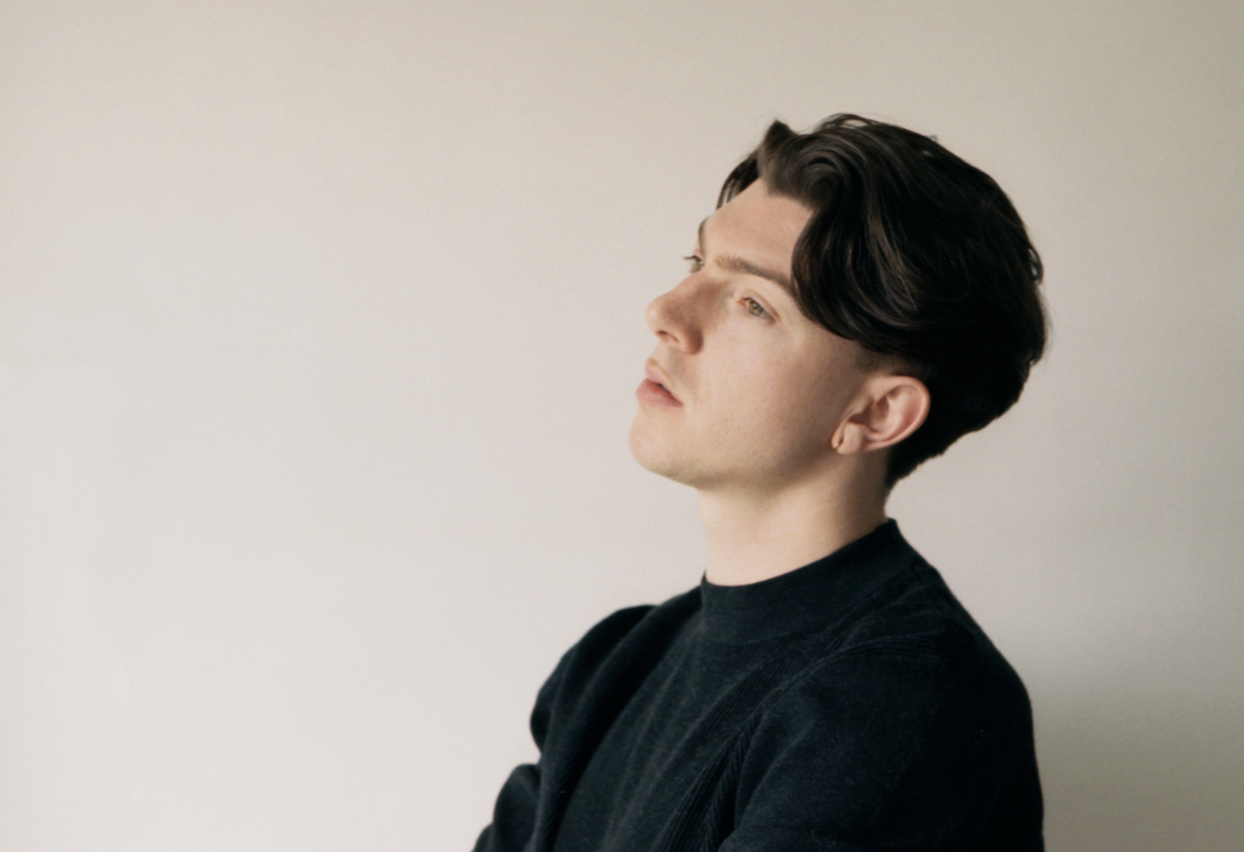
Your music is thought-provoking and often melancholic. To what extent do you feel this is a reflection of you personally?
I’m not sure exactly. I guess each individual is free to take whatever they please from the music itself. It’s only really mine during the process of writing it; once it’s released it is no longer. I try to hold back from attaching myself to it too much.
Is music production a cathartic process?
I guess it is in some ways. It’s basically the singular outlet for me to express and that can be really fulfilling.
But do find it to be a method of expressing emotions that you cannot otherwise express?
I’m not really sure. It’s difficult to say in the moment where things are coming from and often it’s only on reflection where I start to put things together. I’m not sure if that’s authentic or not—still figuring it out.
Would you describe the music you make as the music you want to hear?
It is in the moment and for a short while after it is but that doesn’t last forever.
So where does the emotion come from in your songs?
It’s quite difficult to pinpoint exactly where things come from—be that inspiration or whatever else. It’s really just endless experimenting until things feel like they’re in the right place.
Is there a particular mindset that you need to be in to make music?
I think your head needs to be quite clear if you’re going to allow the music to direct you where it wants to go—meditation helps a lot with that.
What sort of meditation do you practise, and how long have you done it for?
Over the past year or so I’ve been getting into Transcendental Meditation after reading some David Lynch books. Definitely a great starting point for anyone interested in it.
Can you talk to me more about how exactly it helps you?
For me, it simply helps me to be clear-headed. I think writing music is more about it telling you where it wants to go rather than you directing. I think it helps with being open and able to hear that.
Do you need solitude to be able to create?
Definitely. It’s a really important part of writing.
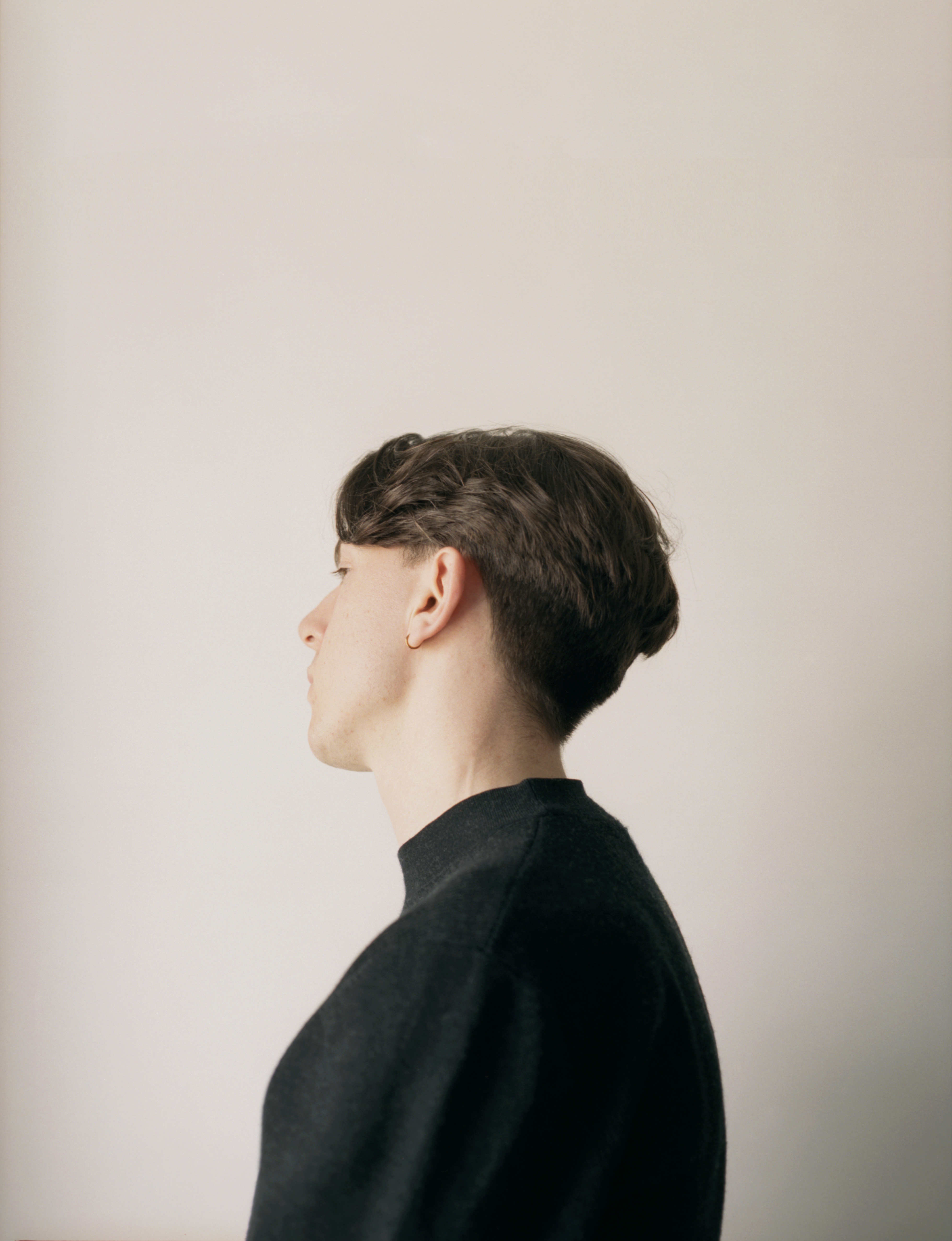
Your music is also largely cinematic. Are you inspired by movie soundtracks and have you ever looked into composing for films?
Composing to film is something I’ve been interested in for a long time. I’m currently working on a couple of projects that unfortunately I can’t talk about yet. But hopefully will in the coming months.
Which film composers, in particular, are you inspired by and why?
I really love the work of Jóhann Jóhannsson. His soundtrack for Arrival is especially brilliant.
More generally, can you talk me through your production processes? How do you go about composing a track?
It’s not always the same process but usually I’ll start out assembling different textures and parts and then work on it to form something greater. I spend quite a bit of time pulling parts from different projects together to create something that feels complete. With Gardenia, it was a case of not trying to write everything directly myself—allowing Max MSP and other programs to interpret my notation and create its own.
And how is this process different to your material as MMOTHS?
I think the new music is more about focusing on a specific or limited number of elements and allowing them to speak for themselves compared to the older music which focused a lot around the idea of building layers using many elements.
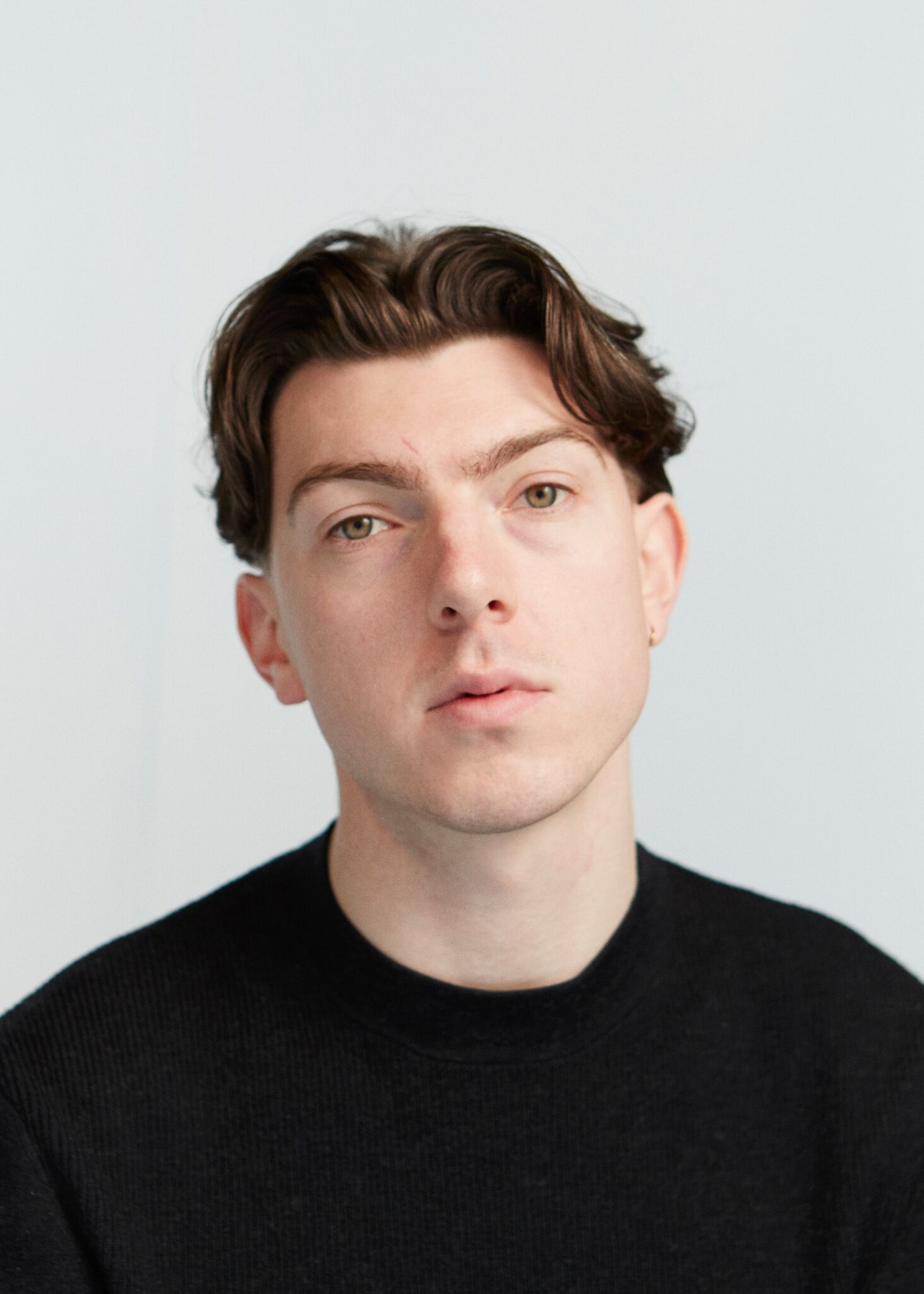
Can you remember when music first took a hold on your life?
When I was quite young I always wanted to play the piano and it kind of just started from there.
Do you come from a particularly musical family?
I guess I was the first person in my family to have any real interest in music so there wasn’t really any influence from there. They’ve always been a huge source of support with everything and I’m beyond grateful for that.
I understand that you only began making experimenting with electronic music in 2011. What did your early demos sound like—and did you have a clear sonic aesthetic in mind?
In the beginning, it was just figuring things out and so things were a lot more simple. There was never really any ideas of aesthetics on my mind it was just exploring and trying to make sense of things.
How did you teach yourself production?
Basically just trial and error and relying on YouTube tutorials when I hit a wall.
The new album was made “for fictional, non-existing spaces and worlds of his own making.” Can you please elaborate?
I originally started writing a record for a place and later scrapped it but became really interested in that process and wanted to apply it to a place that wasn’t real. I never really want to place any direct intentions or force any ideas within the record; I wanted the listener to take whatever they wanted from it and that it could be their own making.
How long did the album take to complete, start to finish?
The record took six months or so to put together and then recording the strings and mixing took place over a week.
You tend to combine your music with visuals. What do you look for in the visuals that you use?
I always have people in mind while writing the record. It’s been amazing to work with Christopher Grey, Daniel Swan, and Nic Hamilton on the visuals for this record. I usually just reach out and start sharing ideas and it forms naturally from there. For Gardenia, I think it was finding a balance between the organic and inorganic—something that spoke strongly to the record.
Is there a visual foundation for tracks that you make?
Imagery has a lot to do with what I write and I find myself collecting a lot of images while in the process of writing. These usually become the material that’s used to fuel ideas in early conversations with collaborators.
But are you ever making music based on a certain image? Are tracks inspired by imagery?
There’s often an image in my mind of what I want the music to sound or look like. I’ll find images that will represent that and work with collaborators on using those images as reference for videos, artwork design, etc.
Is there a particular identifiable image behind each track?
I don’t think there’s a singular image for each of the tracks, probably many. These can be seen interpreted throughout the album’s visuals.
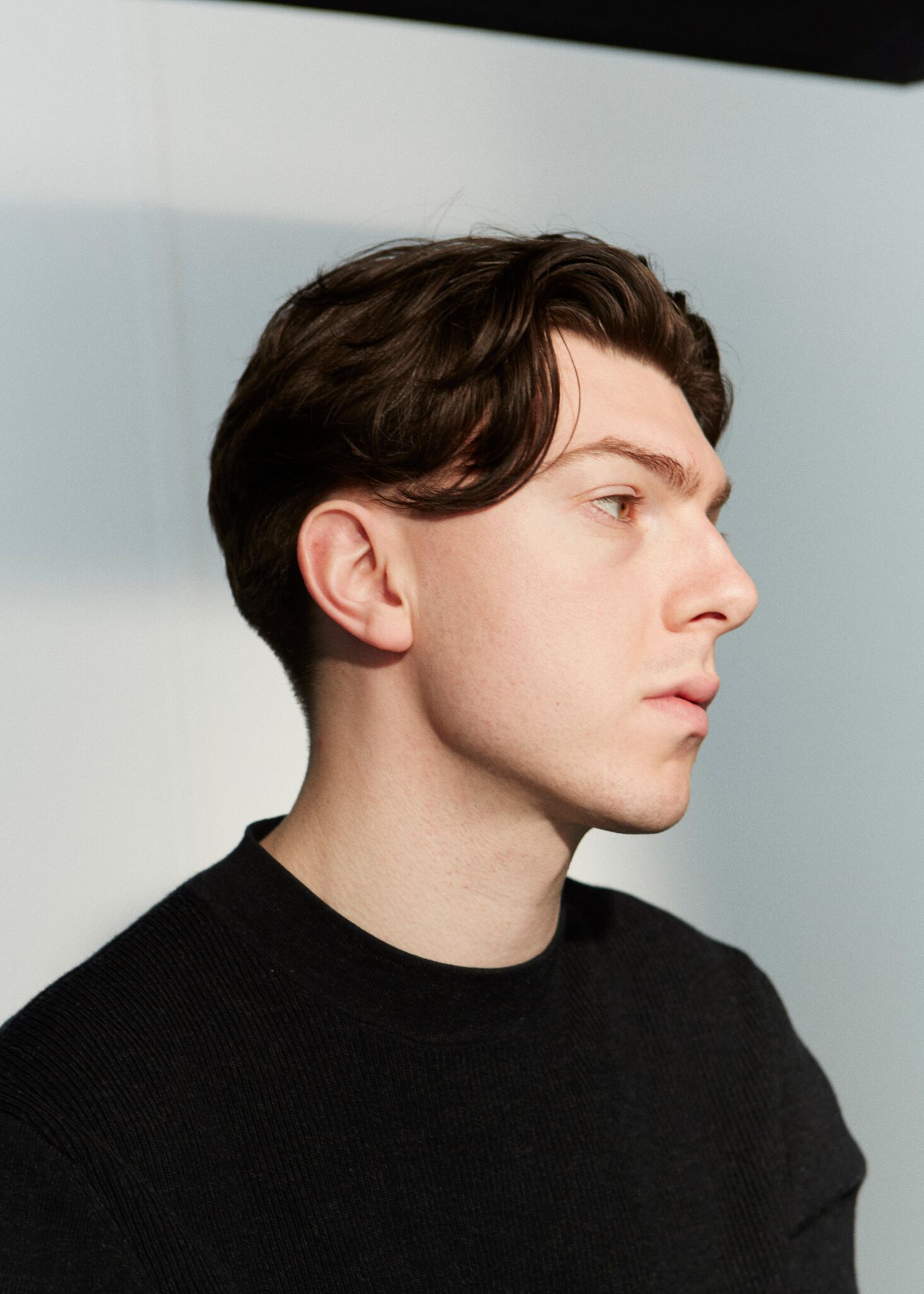
Do you have a decent idea of where you wish to go musically?
I feel like I’m just starting with this project and that itself is pretty exciting. I am looking forward to working more with strings and also without. I’ve been writing quite a bit lately and there should be more new music coming soon.
Where do you think you want to take the project?
I’m not really sure. I’m just totally content to be able to continue writing and working.
What’s on the radar performance-wise?
The live show is just a constant experiment of figuring out how to rework the electronic elements of the record in a live setting. The album itself will also be performed live with the strings, that’s something that’s currently in the works.
How do you translate your music into the live setting?
Currently, the live show is an interpretation of the electronic elements throughout the record for a club system. It’s something that is always going to be growing and changing.

